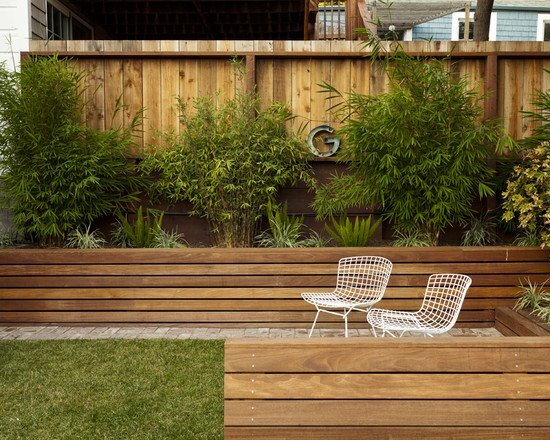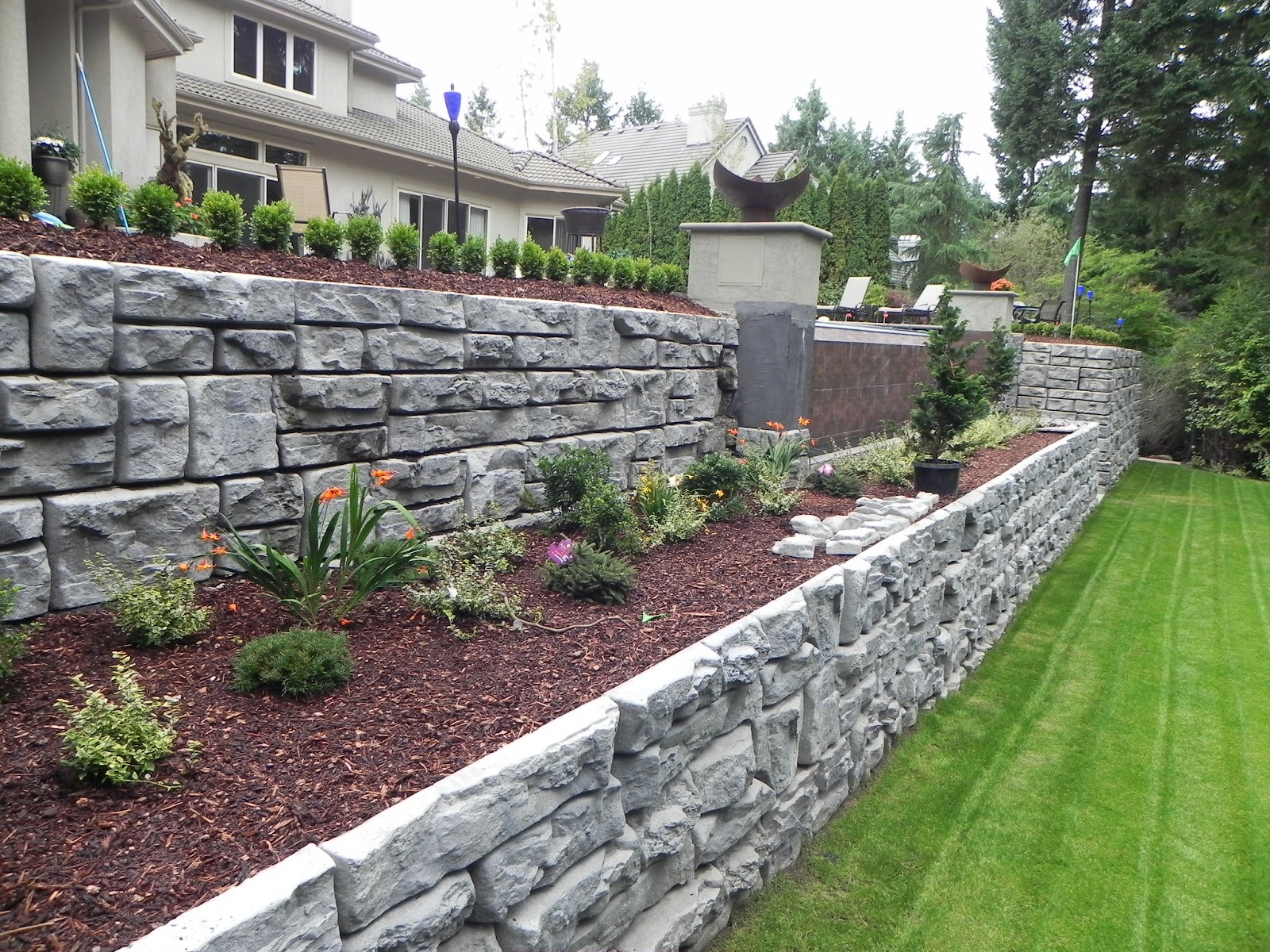Why You Must Invest in Sturdy Retaining Walls Sunshine Coast for Your Home
Why You Must Invest in Sturdy Retaining Walls Sunshine Coast for Your Home
Blog Article
Guaranteeing Architectural Integrity: The Value of Appropriately Created Maintaining Walls in Protecting Against Incline Failure
In the world of civil engineering and construction, the value of properly constructed retaining wall surfaces in preventing slope failing can not be underrated. These frameworks act as important safeguards against the natural forces that can undercut inclines and create possibly dreadful effects. Understanding the thorough design considerations, construction methods, and upkeep practices connected with retaining walls is basic in ensuring their efficiency and longevity. By checking out the elaborate interplay between these components, a deeper comprehension of the pivotal role that preserving walls play in maintaining structural honesty and stopping slope failing emerges. Retaining Walls Sunshine Coast.
Duty of Retaining Walls in Security
The indispensability of maintaining walls in guaranteeing slope security is critical in civil design methods. Retaining wall surfaces serve a critical function in avoiding soil erosion, handling water drainage, and preserving the architectural integrity of slopes. By sustaining upright or near-vertical quality modifications, retaining walls aid to redistribute lateral pressure exerted by the soil, thereby decreasing the risk of incline failure.
One trick feature of retaining wall surfaces is to combat the pressure of gravity acting on the dirt mass behind them. This is achieved with proper layout and building, which thinks about variables such as dirt type, wall elevation, water drainage stipulations, and prospective additional charge tons. By properly preserving soil within defined limits, these frameworks assist to stabilize inclines and stop landslides.
Furthermore, retaining walls add to the aesthetics of landscapes while providing functional benefits. They can develop terraced levels for landscape design, assistance roads or frameworks on hills, and improve the general functionality of sloped surface. Basically, keeping wall surfaces play a crucial function in preserving slope stability and guaranteeing the safety and long life of civil design projects.
Factors Influencing Wall Efficiency
Aspects that influence the performance of preserving walls consist of soil residential properties, wall style, and external lots. Dirt buildings play a critical role in figuring out the security and performance of a maintaining wall. Aspects such as dirt kind, communication, inner friction angle, and groundwater conditions can influence exactly how well a wall preserves the soil behind it. The layout of the retaining wall surface is one more essential aspect that affects its effectiveness. Appropriate wall style takes into consideration aspects like wall surface height, wall type (e.g., gravity wall surfaces, cantilever walls), reinforcement products, water drainage systems, and construction methods to guarantee the wall can endure the side pressure put in by the maintained soil. In addition, exterior lots, such as surcharge lots from surrounding structures or website traffic, seismic pressures, and water pressure, must be carefully assessed during the layout and construction stages to make certain the wall can effectively stand up to these external pressures. By taking into consideration these factors adequately, engineers can build maintaining walls that effectively prevent incline failing and make sure lasting architectural honesty.
Style Considerations for Retaining Wall Surfaces
Incorporating the important facets of dirt buildings and external tons right into the structural layout process is crucial for establishing effective maintaining walls that guarantee slope security. When designing keeping walls, designers must carefully evaluate the qualities of the surrounding soil, including its type, drainage, and compaction residential properties. Recognizing these soil properties is crucial for establishing the proper wall support, density, and elevation required to endure the lateral stress exerted by the soil mass.
Additionally, outside lots such as additional charge tons from nearby frameworks or website traffic, along with seismic forces, have to be taken into account throughout the design stage. These loads can substantially influence the security and efficiency of a retaining wall, demanding the use of proper design techniques and products to reduce potential failing dangers.
Additionally, the selection of ideal materials, such as concrete, rock, or hardwood, ought to align with the site-specific problems and aesthetic requirements. Variable of security factors to consider, drain stipulations, and building strategies are likewise essential facets that affect the overall layout and performance of maintaining walls in protecting against incline failing. By carefully taking into consideration these design considerations, designers can make sure the structural integrity and lasting stability of maintaining wall surfaces.

Building Best Practices for Longevity
When creating maintaining wall surfaces for optimum resilience and durability, adherence to industry-standard techniques and thorough interest to information are extremely important. To make certain the sturdiness of a keeping wall surface, proper website preparation is vital.
Including reinforcement methods, such as geogrids or steel discover this info here bars, can enhance the architectural honesty of the retaining wall surface and stop possible failures. Proper backfilling treatments, consisting of compaction and drain factors to consider, are additionally essential for the wall surface's sturdiness. Routine upkeep and assessments are suggested to deal with any signs of wear, disintegration, or architectural concerns immediately. By complying with these construction best methods, retaining walls can endure the examination of time and successfully prevent incline failing.
Significance of Appropriate Maintenance
Normal upkeep is crucial for maintaining the architectural stability and functionality of retaining walls over time. To make sure that maintaining walls continue to execute their intended function properly, normal evaluations need to be carried out to recognize any kind of indicators of wear and tear.

Conclusion
In conclusion, preserving walls play a crucial duty in guaranteeing structural integrity and protecting against slope failure. By thinking about aspects influencing wall surface performance, adhering to develop considerations, complying with building and construction finest methods, and carrying out appropriate upkeep, the sturdiness of maintaining wall surfaces can be made best use of. Retaining Walls Sunshine Coast. It is important to identify the significance of correctly built keeping walls in keeping security and preventing prospective risks connected with slope failing
Elements that influence the effectiveness of preserving wall surfaces include dirt properties, wall design, and external tons. Appropriate wall design takes into consideration variables like wall height, wall surface type (e.g., gravity walls, cantilever walls), support products, water drainage systems, and building methods to ensure the wall surface can endure the side stress exerted by the maintained soil. By thinking about these aspects thoroughly, engineers can construct retaining walls that efficiently prevent incline failure and make certain long-lasting structural stability.
Maintenance tasks may consist of getting rid of water drainage systems to prevent water build-up behind the wall surface, fixing any type of visible splits or damage, and making certain that the wall is free from plant life that might apply pressure on the framework. By sites taking into consideration elements affecting wall performance, adhering to design factors to consider, following building and construction ideal methods, and applying correct maintenance, the longevity of preserving wall surfaces can be made best use of.
Report this page